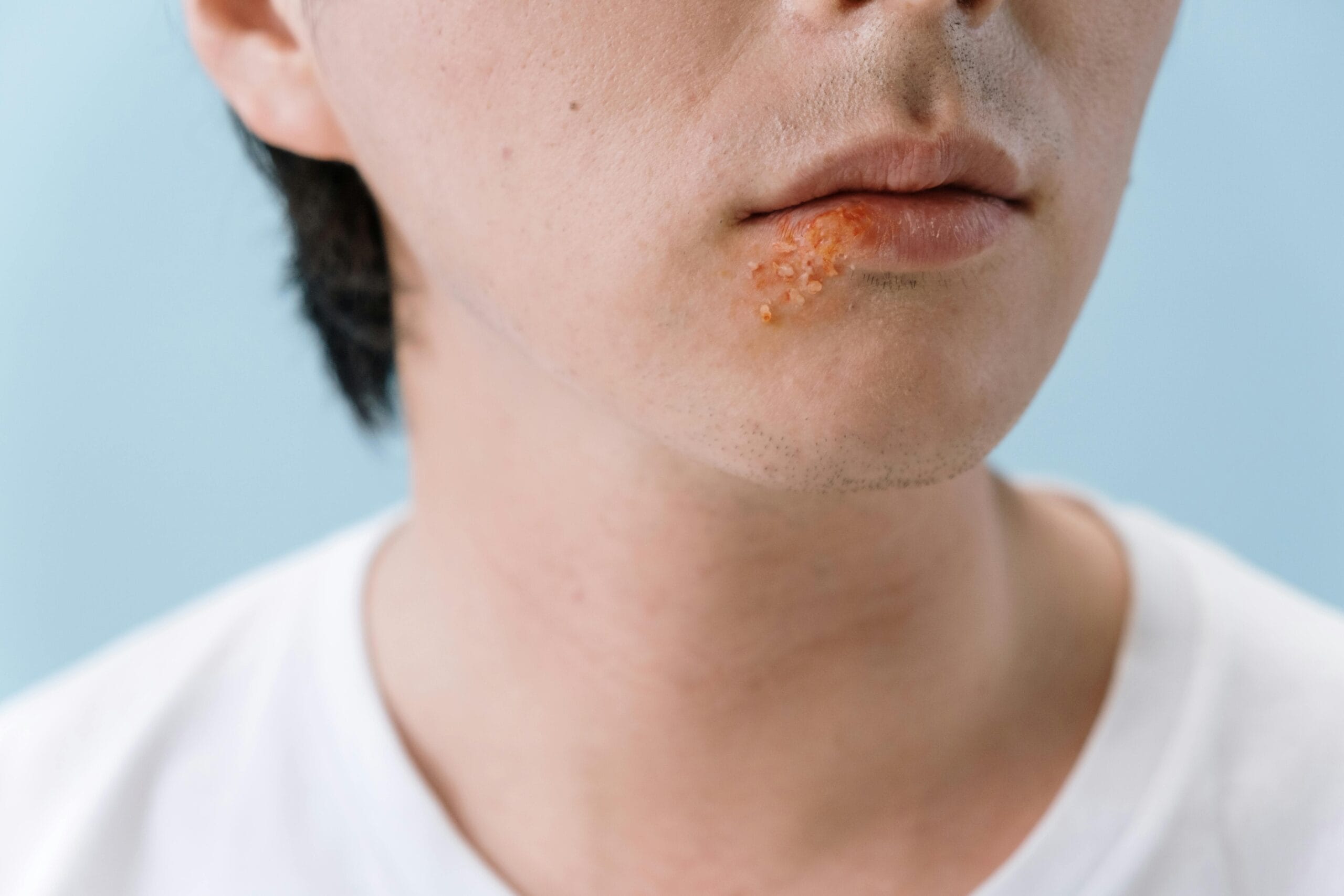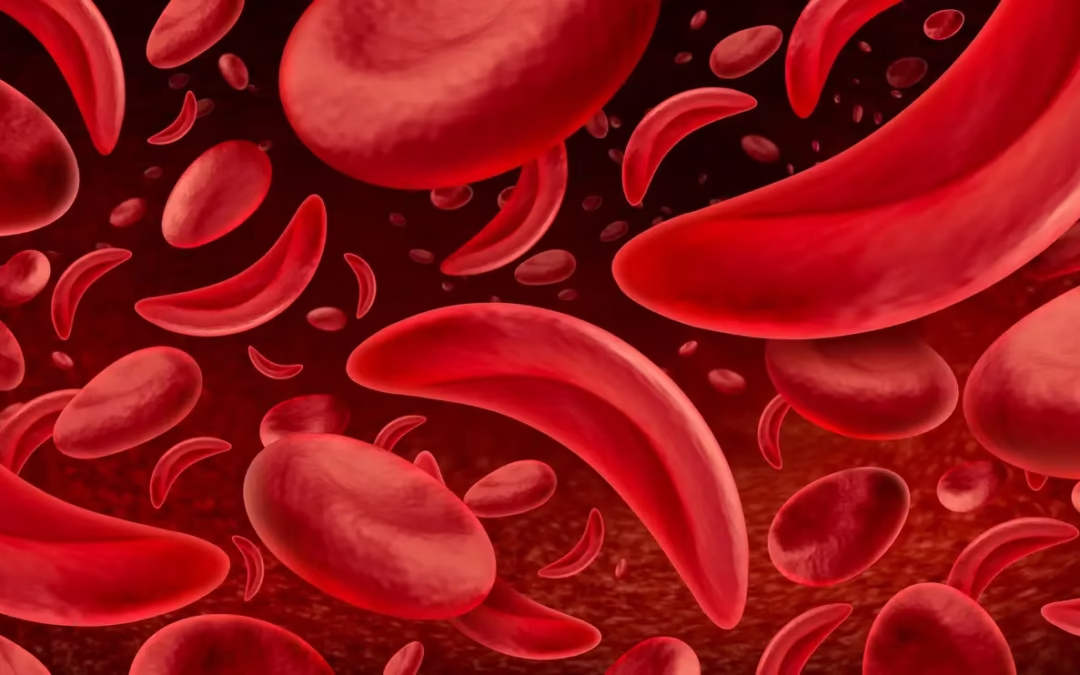Content discussed in this post
What herpes is (HSV-1 and HSV-2)
Symptoms and course
Transmission, reactivation, and recurrence factors
Diagnosis and differentials
Treatment: episodic, suppressive, and pain control
Special situations (pregnancy, immunosuppression, neonatal, ocular herpes)
Prevention and self-care
Advances and research
Quick FAQ
Important notice (health disclaimer)
References and recommended reading
What is herpes (HSV-1 and HSV-2)
“Herpes” usually refers to herpes simplex, a very common viral infection caused by HSV-1 and HSV-2. HSV-1 is classically associated with oral herpes (lips and perioral area), while HSV-2 is more linked to genital herpes. In real life, this split isn’t absolute: oral sex can bring HSV-1 to the genitals and vice versa. After the first infection, the virus remains latent in sensory ganglia and can reactivate from time to time, triggering new outbreaks. Important: herpes zoster (shingles) is a different disease (caused by VZV) and should not be confused with herpes simplex.
The impact of herpes goes beyond local discomfort. Asymptomatic viral shedding—transmitting even without visible lesions—raises questions for couples and can increase stigma. The good news: it’s controllable. With information, prevention, and antivirals when needed, you can shorten outbreaks, reduce recurrences, and lower transmission risk.
Symptoms and course
Presentation depends on location and whether it’s a primary infection or a recurrence.
For oral herpes, many describe prodromal tingling, burning, or itching on the lip, followed by small vesicles that rupture and crust; fever and malaise are more common in the primary episode.
For genital herpes, the prodrome is burning/pain in the genital or gluteal area, followed by painful vesicles that ulcerate; enlarged inguinal lymph nodes may accompany the first episode. Over time, each person settles into a pattern: some have rare outbreaks; others have more frequent ones, usually linked to triggers (stress, poor sleep, sun exposure for labial herpes, and intercurrent illness).
For quick reading, key signs summarized:
Oral herpes: prodrome (tingling/burning), vesicles on lips/mouth, local pain; fever and malaise can occur in primary infection.
Genital herpes: prodrome (burning/pain), painful vesicles that ulcerate on the vulva, penis, perineum, anus, or thighs; fever and enlarged nodes are more common in primary infection.
Some complications need immediate attention: ocular herpes (keratitis) can threaten vision; neonatal herpes is severe; and HSV encephalitis, though rare, is an emergency. People with atopic dermatitis or extensively damaged skin can develop eczema herpeticum, which tends to be widespread and painful.
Transmission, reactivation, and recurrence factors
HSV spreads via direct contact with skin or mucosa (kissing; genital-genital, oral-genital, and genital-oral sex). Asymptomatic shedding explains why transmission can occur without obvious sores. Reactivations have common triggers: stress, illness, sun exposure (especially with labial herpes), menstruation, sleep deprivation, and immunosuppression. Barrier methods (external/internal condoms and dental dams) reduce risk but don’t eliminate it, because adjacent skin areas can still contact. Avoid kissing and sex during lesions/prodrome—simple and effective.
Diagnosis and differentials
In many cases, diagnosis is clinical, based on lesion appearance and history. When in doubt, confirm with PCR/NAATfrom a lesion sample (highest sensitivity). Viral culture is an alternative but less sensitive. Serology (IgG) shows prior exposure to HSV-1/HSV-2 but does not define whether there’s an active lesion or the infection site.
Conditions that can mimic herpes include aphthous ulcers (mouth), candidiasis and dermatitis (genital), primary syphilis and chancroid (ulcers), Behçet disease (recurrent oral/genital lesions), and herpes zoster (when it follows a dermatome). Getting the diagnosis right avoids inappropriate treatment and speeds recovery.
Treatment: episodic, suppressive, and pain control
Treatment is usually straightforward and effective. Oral antivirals—acyclovir, valacyclovir, and famciclovir—have similar efficacy when used at correct doses. For episodic therapy, the golden rule is to start early, ideally during the prodrome: this shortens duration, reduces pain, and speeds healing. Suppressive therapy (daily use for months) is indicated for frequent recurrences, major quality-of-life impact, or to lower transmission risk to a partner. It reduces—but does not eliminate—transmission risk.
Pain management includes common analgesics and comfort measures (gentle hygiene, keeping the area dry, loose clothing). Topical lidocaine can help with localized pain; use with guidance to avoid irritation. Some scenarios change management: in ocular herpes, corticosteroids without specialist evaluation are risky; in pregnancy, decisions about suppressive therapy and mode of delivery are individualized; in immunosuppression, infections can be more extensive and may require higher doses or longer antiviral courses.
Special situations (pregnancy, immunosuppression, neonatal, ocular herpes)
In pregnancy, the highest risk is a primary infection near delivery, when maternal antibodies are not present. Many protocols consider valacyclovir/acyclovir suppressive therapy from ~36 weeks to reduce recurrences at delivery, and active lesions during labor may indicate cesarean section. The goal is to protect the newborn from neonatal herpes, which can affect skin, eyes, and mouth; the central nervous system; or present as disseminated disease.
In immunosuppressed patients (HIV, chemotherapy, immunosuppressants), infection may be more extensive and persistent, requiring close follow-up and sometimes higher doses or longer antiviral courses. Ocular herpes (keratitis)warrants urgent ophthalmology assessment, as management is specific and self-medication can worsen the condition.
Prevention and self-care
Prevention combines behavior and, when indicated, medication. Avoid kissing and sex during lesions and prodrome to block much of transmission. Barrier methods (condoms/dental dams) add protection, though not absolute. For recurrent labial outbreaks, lip balm with sunscreen helps limit UV-triggered episodes. Good sleep, stress management, and regular self-care routines help. For couples, discuss early signs and consider suppressive therapytogether—it often brings peace of mind.
Advances and research
There’s still no approved HSV vaccine, but candidates are in trials. Research explores new antivirals, long-acting formulations, and immunotherapy strategies. At an experimental level, gene editing aims to interfere with viral latency but remains pre-clinical. Until then, the best path is the trio: timely diagnosis + appropriate antivirals + prevention.
Quick FAQ
Is herpes curable?
The virus remains latent; treatment aims to control outbreaks, reduce pain, and lower transmission.
Can I transmit without sores?
Yes. Asymptomatic shedding is part of HSV’s behavior.
When can I resume sexual activity?
When lesions are fully healed and painless. Use barriers and align expectations with your partner.
Do creams alone solve it?
Topical antivirals have limited roles; for moderate/severe episodes, oral antivirals are the mainstay, per prescription.
Important notice (health disclaimer)
This content is educational and does not replace medical care. Each case is unique. For individualized diagnosis, treatment, and prevention, consult a healthcare professional.
References and recommended reading
CDC — Genital Herpes (HSV-1 & HSV-2). Centers for Disease Control and Prevention.
WHO — Herpes simplex virus. World Health Organization.
Workowski KA, et al. Sexually Transmitted Infections Treatment Guidelines. MMWR Recomm Rep. CDC.
Cochrane Review — Antiviral therapy for genital herpes. Cochrane Database Syst Rev.
Johnston C, Koelle DM, Wald A. HSV transmission: risk factors and interventions. Curr Opin Infect Dis.
BMJ Best Practice — Genital herpes. BMJ Publishing Group.
Farrell MJ, et al. HSV latency and reactivation—mechanisms and therapeutic opportunities. Nat Rev Microbiol.



